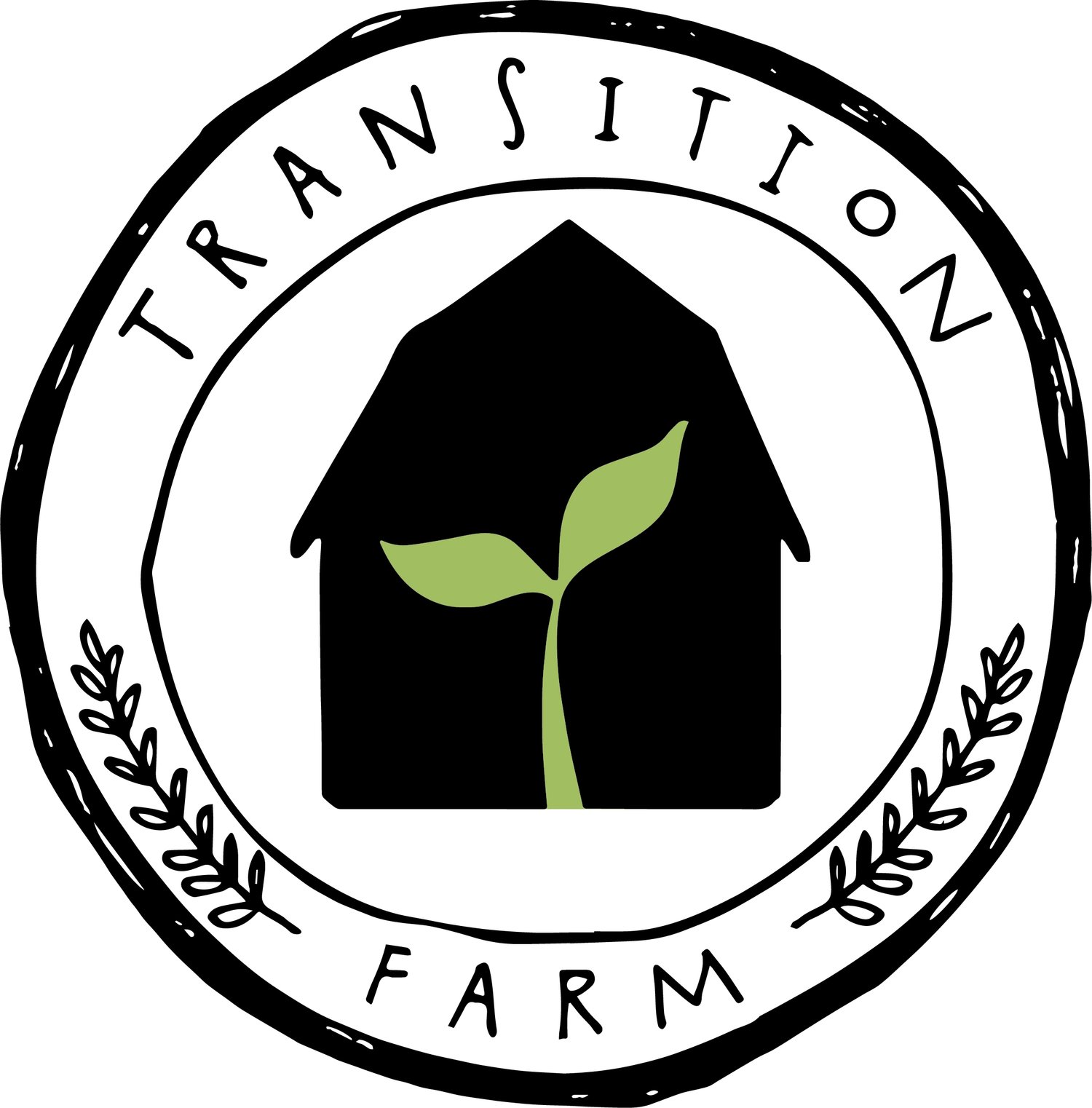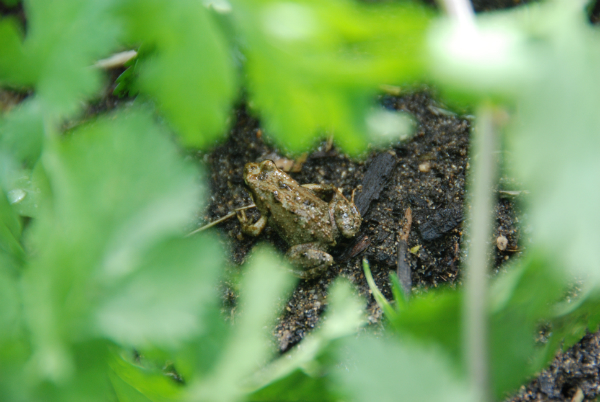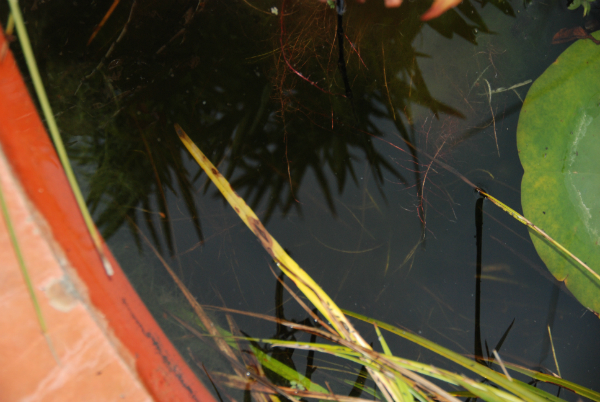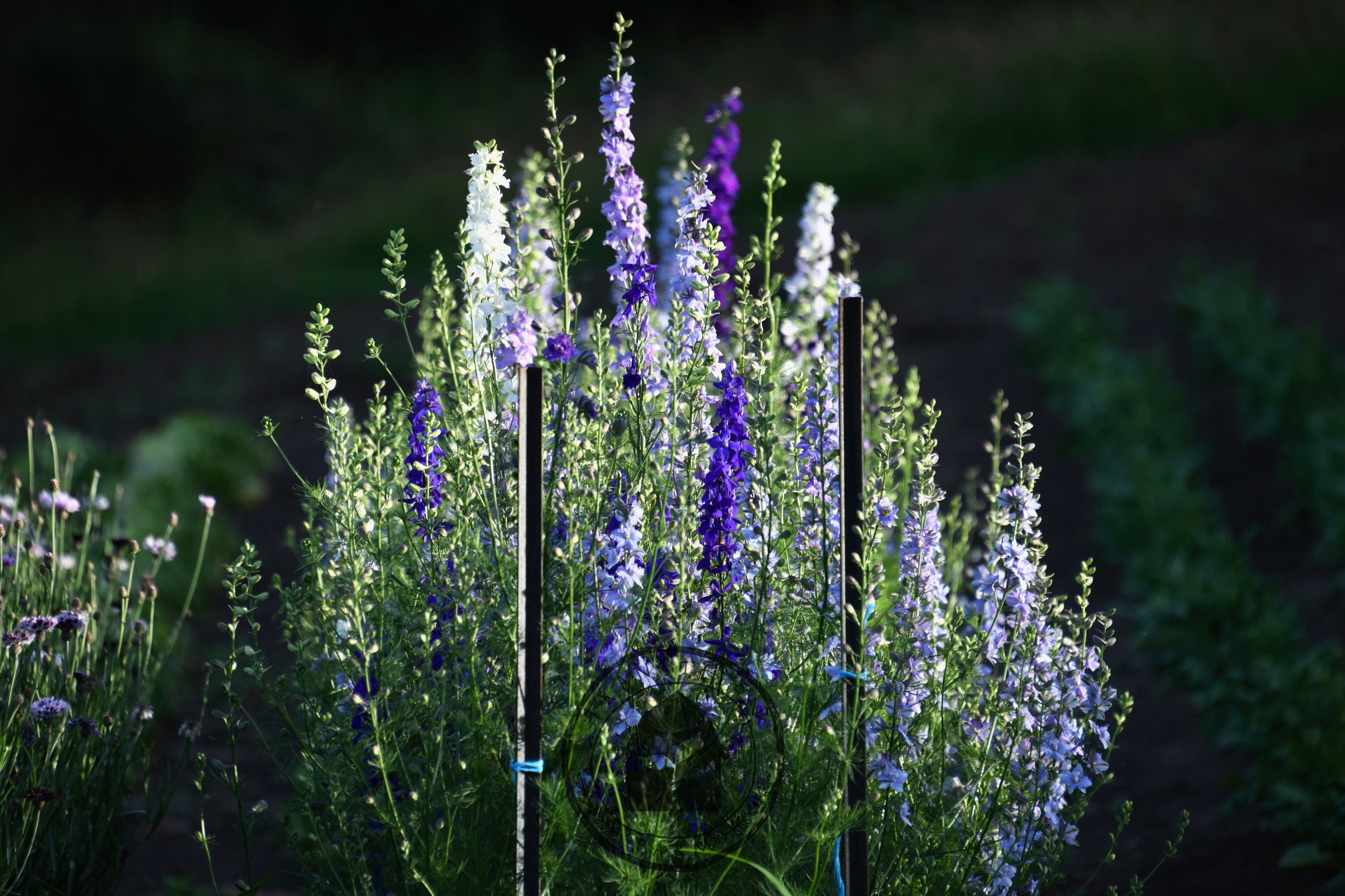A favourite garden companion - the pobblebonk
/Companion planting and garden companions. The two go hand in hand. Create the right environment, and the garden companions will come. Our garden companions are our garden predators. Lady birds, frogs, skinks, blue tongue lizards, tree dragons, preying mantis, dragon flies, spiders, birds, bats, predatory beetles, predatory wasps, tachinid flies, hoverflies, stick bugs and many more I have yet to meet and/or identify. Building an ecosystem will encourage the garden predators to come, keeping the garden "pests" in balance much better then any "intervention" us humans may devise. As Linda Woodrow says, "you do not have the eyesight, dexterity, or speed to hunt insects."
Frogs are wonderful garden companions. Once we installed the pond, we just waited and the pobblebonks or eastern banjo frogs found us. Our ponds range from bathtubs to terracotta pots with their bottom holes filled in, dug into the ground. Both are surrounded by some rocks and overhanging plants for shelter and some logs half in the pond and half out acting as bridges. Inside the ponds we grow a range of water plants. Watercress, water chestnut, and Vietnamese mint not only provide coverage of the water surface, they are also edible plants. Water lilies and "fairy weed" help to establish the pond ecosystem providing shade and shelter within the water.
Around the edge of the pond we have planted a few reeds and rushes and some other natives that like the moist environment and also provide shelter for not only the frogs but also their prey, slugs. Maybe it seems strange to encourage garden "pests" like slugs. But the best way to encourage the garden predators is to ensure there is a healthy food supply for them. They will find the ones provided and then some!
Since the frogs found us, we have delighted in the various frog calls and tadpoles that are as small as a pinhead to ones with bodies the size of 20-cent pieces. Finding the frogs is an endless source of garden amusement for both adults and children. Usually they are found by chance. But the wonder of looking for where the call comes is lots of fun. It may sound like a leap of faith...provide an environment to encourage slugs and slaters for example, and their predators will come. Our experience with doing just that has proven that there will be enough for everyone in the healthy ecosystem. And our input of time and effort in eliminating the "pests" as well as the various "organic" and not sprays and poisons we may employ to try and help us "battle" the pests, will become nothing more than the time we spend observing nature's balance be tipped from one side to the other.
It may sound like a leap of faith...provide an environment to encourage slugs and slaters for example, and their predators will come. Our experience with doing just that has proven that there will be enough for everyone in the healthy ecosystem. And our input of time and effort in eliminating the "pests" as well as the various "organic" and not sprays and poisons we may employ to try and help us "battle" the pests, will become nothing more than the time we spend observing nature's balance be tipped from one side to the other.
Adding water to the home garden is as simple as sinking a pot large enough to hold a few water plants and surrounding the edge with a variety of plants, rocks and logs. Or as involved as making a lined pond with multi levels capable of supporting fish, frogs and a variety of insect larvae. Ensuring that there is a healthy balance of underwater oxygenators (available from nurseries or pet stores), surface cover to shade the water from the sun which encourages rampant algae growth, and higher plants inside the pond and/or around the edge that provide shelter, will allow a balanced ecosystem to grow.
Our pond deos not have a pump or filter and yet it is still crystal clear.
In Peru, frogs are a symbol of fertility. And here, too, the frogs know before us humans when the soil is beginning to warm. Make the right environment and enjoy the excitement when you hear the first frog call in the late winter...foretelling the end of the cold season and the coming of spring.


















